What is the difference between RFI, RFQ and RFP?

People tend to use RFI (Request for Information), RFQ (Request for Quotation) and RFP (Request for Proposal) interchangeably, which is not the right way to go. Each of these are very different from each other and have their own specific use cases. We will explore in this blog the definitions and the differences between the terms, lets start with the definitions
RFI (Request for Information)
As the name suggests RFI (Request for Information) is requesting information from vendors about their capabilities and services offered. The intention of issuing an RFI is to gather information from vendors which may be a precursor to issuing an RFP to the vendors who may fit the criteria one may be looking for.
Characteristics
- RFI is the initial groundwork to gather the right companies to invite to bid for your project. You can get a general idea of the capabilities available in the market, average costs etc. before you shortlist the companies to send out your RFP
- RFI helps in defining next steps
- Most suited when requirements have not been finalized but you have some idea of the direction
- The information requested in an RFI document would be high level and general that may not need a lot of research or effort to be put in
- Usually the turn-around-time for an RFI would be quicker that an RFP or an RFQ
RFQ (Request for Quotation)
RFQ (Request for Quotation) is process through which a company or institution requests a quote for very specific products or services, leaving very little to imagination. RFQs generally tend to have very detailed specifications that are primarily used for sourcing well defined products.
Characteristics
- You have detailed specifications of what you need; the quantity needed and project specifications
- RFQs are generally price driven as specifications are set
- Very well suited for procuring tangible products as well as well-defined software products
- The usual components of an RFQ would be price per item, payment terms, quality level per item, contract length, applicable variable costs etc.
RFP (Request for Proposal)
RFP (Request for Proposal) is a process or a document to solicit a proposal to fulfil a requirement; sent to multiple vendors and goes through a bidding process for the award of the project
Characteristics
- RFPs are issued during the preliminary or the procurement stage of the buying cycle
- RFPs are issued when there is a need for technical expertise, specialized skill sets, developing a solution or needs research and development
- A response to an RFP demands certain levels of analysis to identify or devise the best approach or solution. Different vendors may submit various solutions to the same problem you are trying to address with the RFP
- Issuing an RFP becomes a good approach when you know the problem or your need, but would like to give a free hand to the vendors to come up with a good solution.
- The steps or stages involved within the RFP process might be way more elaborate compared to the RFI or the RFQ process, with a predefined valuation process
Learn how to write the best RFP
Conclusion
RFI, RFQ and RFP might complement each other or come in a sequence to help get the best quote out, but the results would be much better when each of these are used at the right stage as well as for the right type of scenario. The comparison table as below would easily help you choose which one would be ideal for your need –
| RFI | RFQ | RFP | |
| Buying Process | Early Exploratory Stage | Procurement Stage | Preliminary or Procurement Stage |
| Project Type | Information Gathering | Acquiring Well Defined Products | Acquiring services needing R & D |
| Process Driver | Discovering Capability | Pricing Driven | Solution and Cost-driven |
| Turn Around Time | Mostly under a week | Between 1 to 2 Weeks | Usually between 2 – 8 Weeks |
| Specifications | Not Set | Well Defined | Might need R & D |

